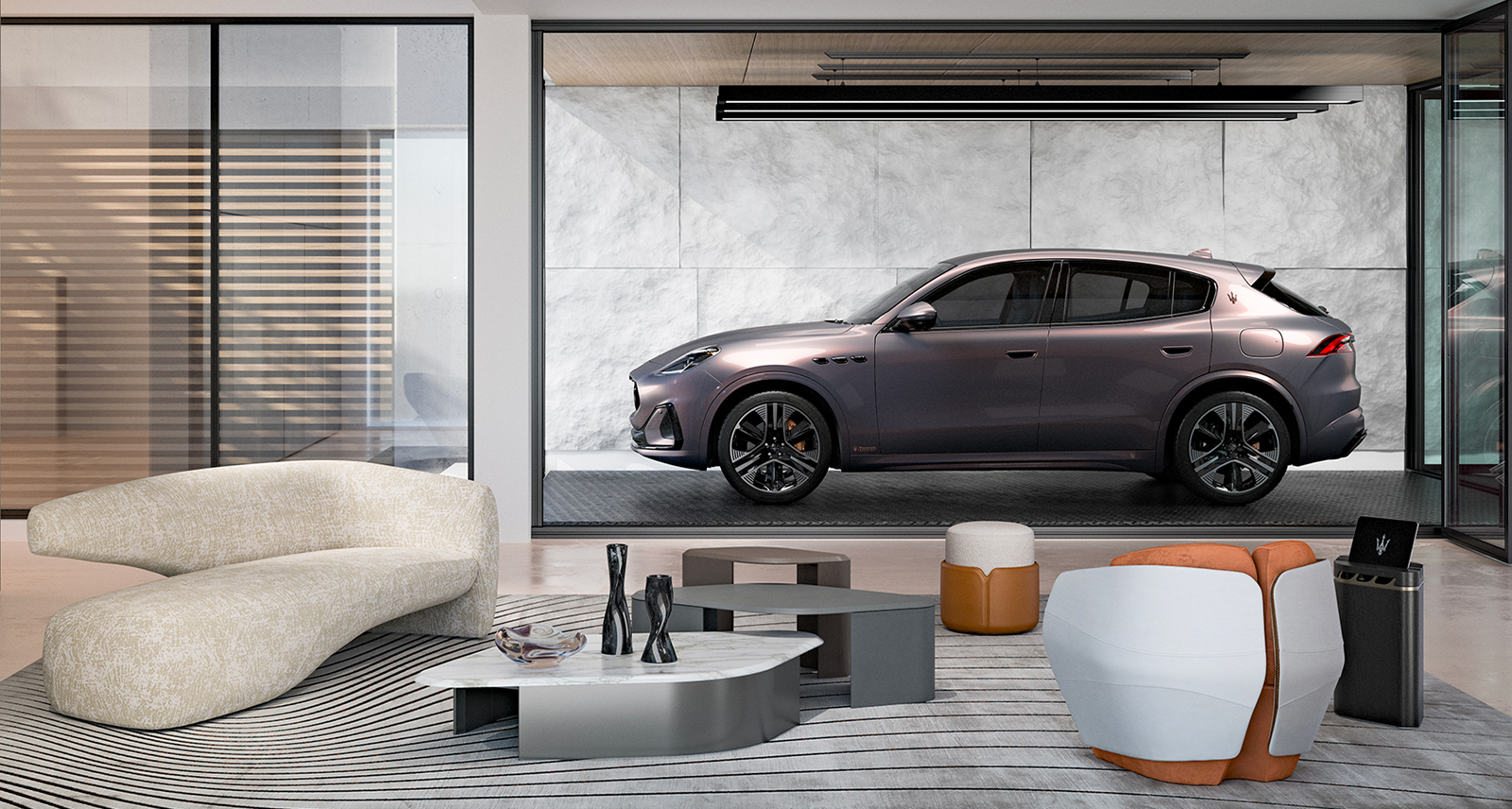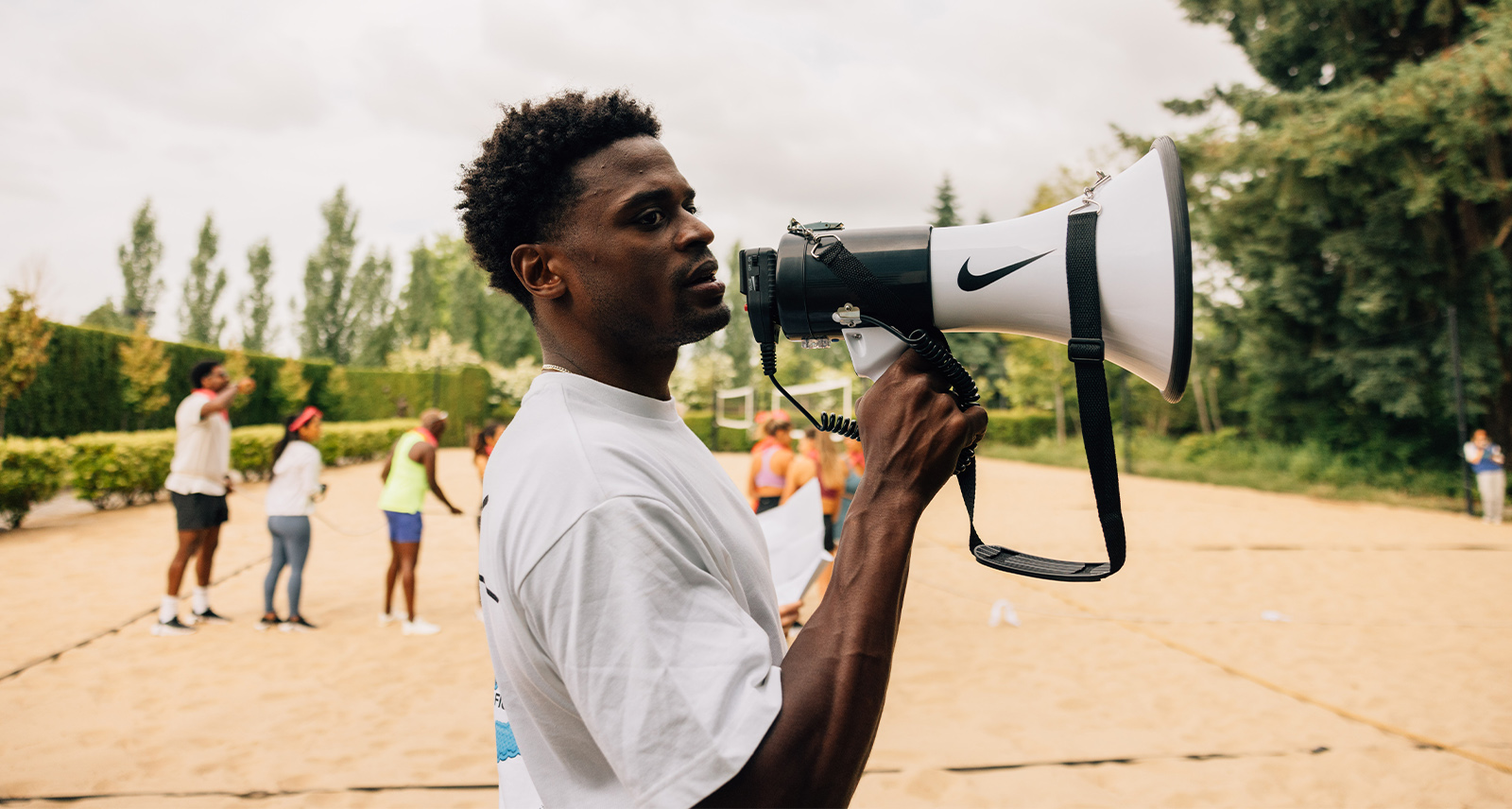How Peter Stanick, Pop Art Master, Pokes Fun at the Instagram Celebrity Era
Even when he began painting in the ’70s, Peter Stanick had an eye on the Information Superhighway. A Pop Art visionary, the guy pretty much wrote the book on manipulating digital images by using web construction software as a drawing tool. (Literally. He’s a co-author of New Masters of Photoshop, which, published in 2001, was revolutionary for its time, bridging the gap between fine art and computers.)
Born in Pittsburg in 1953, Stanick received his BFA from Carnegie Mellon in 1975; Andy Warhol was also an alumni. Peter studied painting from what seems like the final throes of American Pop Art. Tom Wesselmann, Roy Lichtenstein, and Warhol were all producing art at the time and were an inspiration to him. What set him apart from his contemporaries, though, was that he knew the future was digital. In response to this shift, he changed his process dramatically. “The Internet and working with digital images has a direct, even immediate influence on my way of thinking,” explains Peter. His compositions are now all digitally produced and printed on thin aluminum. His cartoon-like images are riddled with pop cultural references from The Jetsons to Yahoo! Add in women in sexually explicit poses, and an obvious criticism of mass media, and boom — you’ve got Pop Art.
It’s safe to say there probably isn’t much meaning to Peter’s compositions. That’s not what Pop Art is about. It’s a bombardment of imagery. Think about walking through Dundas Square in Toronto or walking down a city street in Tokyo, as Peter puts it. His work is that: a visual epileptic shock of women, advertisements, colour, and form.
Peter is currently gearing up towards his latest exhibition this month at Tezakayama Gallery in Osaka, Japan. This will be Peter’s fifth exhibition in Japan following his successful show at Galleria Grafica in Tokyo last year. We got to talk to him about his recent work, consumerism, pop cultural icons, and how Instagram is problematic.
You relocated from Pittsburgh to Sarasota years ago. How has that geographical change influenced the art you make?
Location has very little influence on my work, but it has had a direct effect on my career. After a few exhibitions, I realized that Florida was a gateway to other markets which enabled me to show my work in London, Stockholm, and Tokyo.
You have an exhibition coming up at Tezakayama Gallery in Osaka with your most recent work. Can you tell me about that?
I had a very successful exhibition at Galleria Grafica in Toyko last year. The people at Tezakayama Gallery saw the work and wanted to introduce it in Osaka.
What does your most recent work look like?
My imagery is basically a snapshot of everyday life. I try to elevate the mundane or boring. I include ambiguous references which may confuse actual meaning in terms of historic timelines. My most recent work includes a photographic instance called “backlight,” which normally is a mistake, but part of the everyday life of people taking pictures.

You show a lot of your work in Japan. Can you tell me what that relationship is like? Why is the Japanese art scene so receptive to your work?
Japan is a very visual culture with a special connection to media imagery. To me, walking down the street in Tokyo has the same visual dynamic that I hope to achieve in my work. Perhaps the Japanese see the connection and can relate to my imagery.
What moment in your career, if any, gave you the ‘confidence,’ let’s say, that this could actually be something that would make you an income?
I sold my first painting in 1979. While money can equate to a certain confidence level, positive press coverage, which began in 1982, was much more important.
Your work pokes fun at mass media and consumerism a lot. What in our current environment do you think needs to be dissected?
I think that the cell phone has totally changed society. Almost everything revolves around users’ desire for instant satisfaction and documentation. I could easily poke fun at the desire to be popular, at the expense of creativity.

You’re interested in the perception people have with your work. Tell me about that relationship and how it changes from gaze to gaze.
My interest in perception is similar to a physiological test. While I’m always surprised with the results, I’m also interested in creating images that are ambiguous and may have time-based references, which may be confusing to some.
What medium are you working with right now?
Currently, I use animation software to create drawings. These drawings are then transferred to a thin piece of aluminum. Everything is digital.
You reference pop culture and design in your work, all the way from The Simpsons to Herman Miller. What do you think will become the pop cultural icons in the next 30 years?
I would hope that the icons of the past still have value. I think they will live on because they have substance. If Instagram or a selfie is a future icon, that’s problematic.
Why do you think it’s problematic that Instagram could be a pop cultural icon of the future?
When I think of icons, I think of things that have real substance and quality. I view the digital as an illusion, something that lacks substance. I respect Instagram, I just would like to see more creativity.

I’ve seen online that you sometimes get criticism for your sexualized images of women. Why do you think that response or perception exists?
People see sexualized woman everyday in the mass media and seem to block out meaning, sometimes not even seeing the obvious. I find it very interesting that a sexual billboard can be ignored even though it has a greater impact than any of my much smaller pieces.
You used to make videos on YouTube like “Easy Money” and “You Can Be An Artist.” I always thought those were significant especially at the time you made them. What was that thought process or commentary about?
I saw that YouTube was a very serious “occupation,” which had some clear rules in regards to success. I didn’t like the apparent formula, so I tried to inject some humour via sarcasm.
Is there a place that you would like to show your work that you haven’t before?
I like to present images to people who may have a different cultural perspective. That’s difficult in the world today but perhaps China would be good.
Peter Stanick will exhibit his most recent work at Tezakayama Gallery in Osaka from November 17 to December 16.













